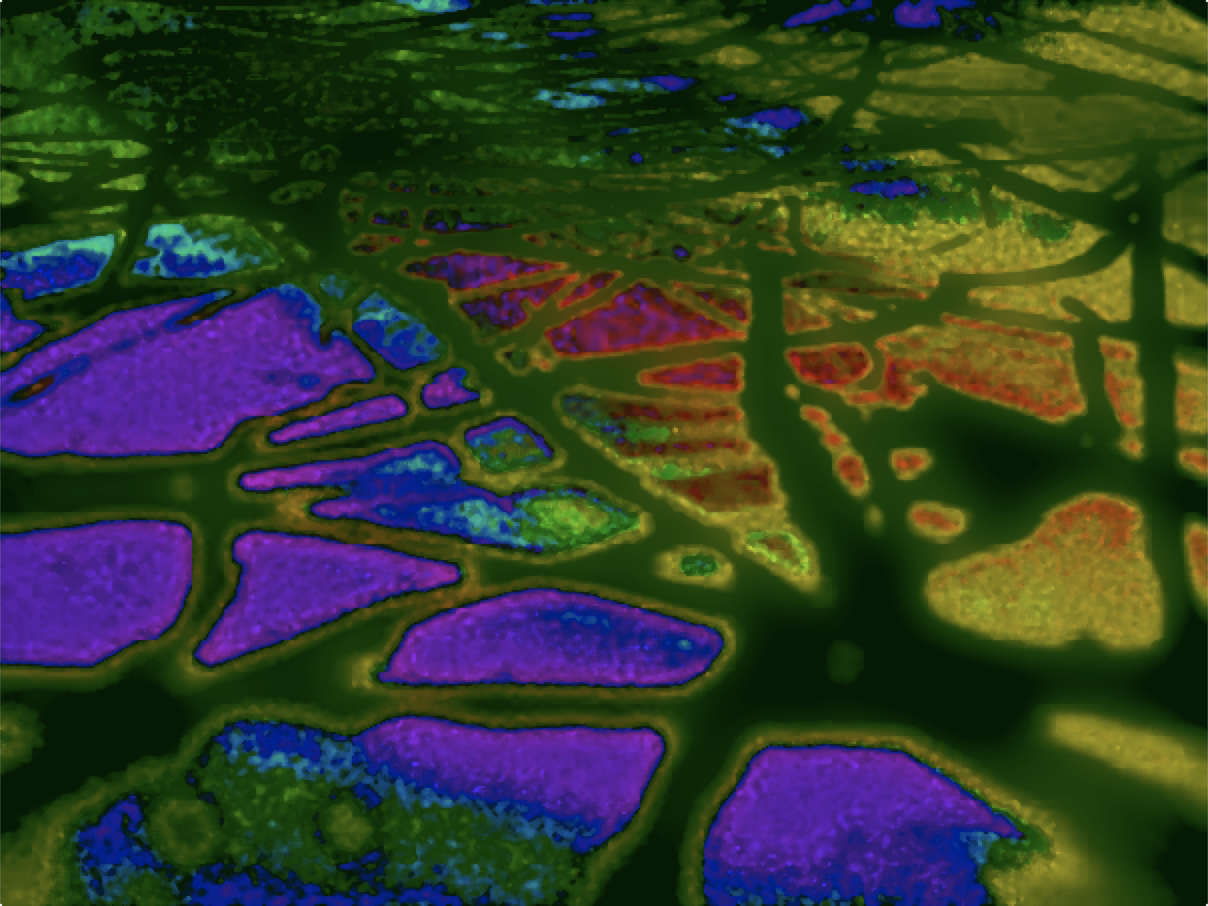For those who may need to cite the MID for any reason, its correct citation is:
Dell, P. F. (2006). The Multidimensional Inventory of Dissociation (MID): A Comprehensive measure of pathological dissociation. Journal of Trauma & Dissociation, 7(2), 77-106.
MID-Related Publications and Research
Update in progress as of May 2020. Each reference below is (or will be) linked to its the corresponding publication, if available. To download a copy of these references in .pdf format, please press/click here.
3. Gast, U. (2002). Komplexe Dissoziative Störungen. Konzeptionelle Untersuchung zur Diagnostik und Behandlung der Dissoziativen Identitätsstörung und ähnlicher Erkrankungen. Habilitationsschrift, Medizinische Hochschule Hannover.
6. Somer, E., Soref, E., & Lawental, E. (2004). Dissociative disorders among substance use disorder patients: A research report. Jerusalem: The Israel Anti-drug Authority. [In Hebrew].
9. Dell, P. F. (2006). The Multidimensional Inventory of Dissociation (MID): A comprehensive measure of pathological dissociation. Journal of Trauma & Dissociation, 7 (2): 77-106. [FREE ON MID WEBSITE]
20. Korzekwa, M. I., & Dell, P. F. (2010). Dissociation in borderline personality disorder. In A. Widera-Wysczańska & A. Kuczyńska (Eds.), Interpersonal trauma and its consequences in adulthood (pp. 99-112). Newcastle upon Tyne: Cambridge Scholars Publishing.
21. Somer, E., Altus, L., & Ginzburg, K. (2010). Dissociative psychopathology among opioid use disorder patients: Exploring the “chemical dissociation” hypothesis. Comprehensive Psychiatry, 51, 419-425.
22. Rodewald, F., Dell, P. F., Wilhelm-Gossling, C., & Gast, U. (2011). Are major dissociative disorders characterized by a qualitatively different kind of dissociation? Journal of Trauma & Dissociation, 12, 9-24.
23. Laddis, A., & Dell, P. F. (2012). Dissociation and psychosis in DID and schizophrenia. Journal of Trauma & Dissociation, 13(4), 397-413.
24. Laddis, A., & Dell, P. F. (2012). All that dissociation instruments measure is not dissociation: “All that glistens is not gold.” Journal of Trauma & Dissociation, 13(4), 418-420.
25. Dell, P. F. (2013). Three dimensions of dissociative amnesia. Journal of Trauma & Dissociation, 14(1), 25-39.
26. Wabnitz, P., Gast, U., & Catani, C. (2013). Differences in trauma history and psychopathology between PTSD patients with and without co-occurring dissociative disorders. European Journal of Psychotraumatology, 4, 21452 – http://dx.doi.org/10.3402/ejpt.v4i0.21452.
27. Mueller-Pfeiffer, C., Schick, M., Schulte-Vels, T., O’Gorman, R., Michels, L., Martin-Soelch, C., Blair, J. B., Rufer, M., Schnyde, U., Zeffiro, T., & Hasler, G. (2013). Atypical visual processing in posttraumatic stress disorder. NeuroImage: Clinical, 3, 531-538.
28. Mueller-Pfeiffer, C., & Wittmann, L. (2013). Preliminary investigation of the reliability and validity of the German version of the State Scale of Dissociation (SSD). Journal of Traumatic Stress Disorders and Treatment, 2:2.
29. Mueller-Pfeiffer, C., Rufibach, K., Wyss, D., Peon, N., Pitman, R. K., & Rufer, M. (2013). Screening for dissociative disorders in psychiatric out- and day care-patients. Journal of Psychopathology and Behavioral Assessment, 35(4), 592-602.
30. Frewen, P. A., Brown, M. F. D., Steuwe, C., & Lanius, R. A. (2015). Latent profile analysis and principal axis factoring of the DSM-5 dissociative subtype. European Journal of Psychotraumatology, 6, 26406.
31. Laddis, A., Dell, P. F., & Korzekwa, M. (2017). Comparing the symptoms and mechanisms of “dissociation” in dissociative identity disorder and borderline personality disorder. Journal of Trauma & Dissociation, 18(2), 139-173.
32. Kruger, C., & Fletcher, L. (2017 in press). Predicting a dissociative disorder from type of childhood maltreatment and abuser-abused relational tie. Journal of Trauma & Dissociation,
